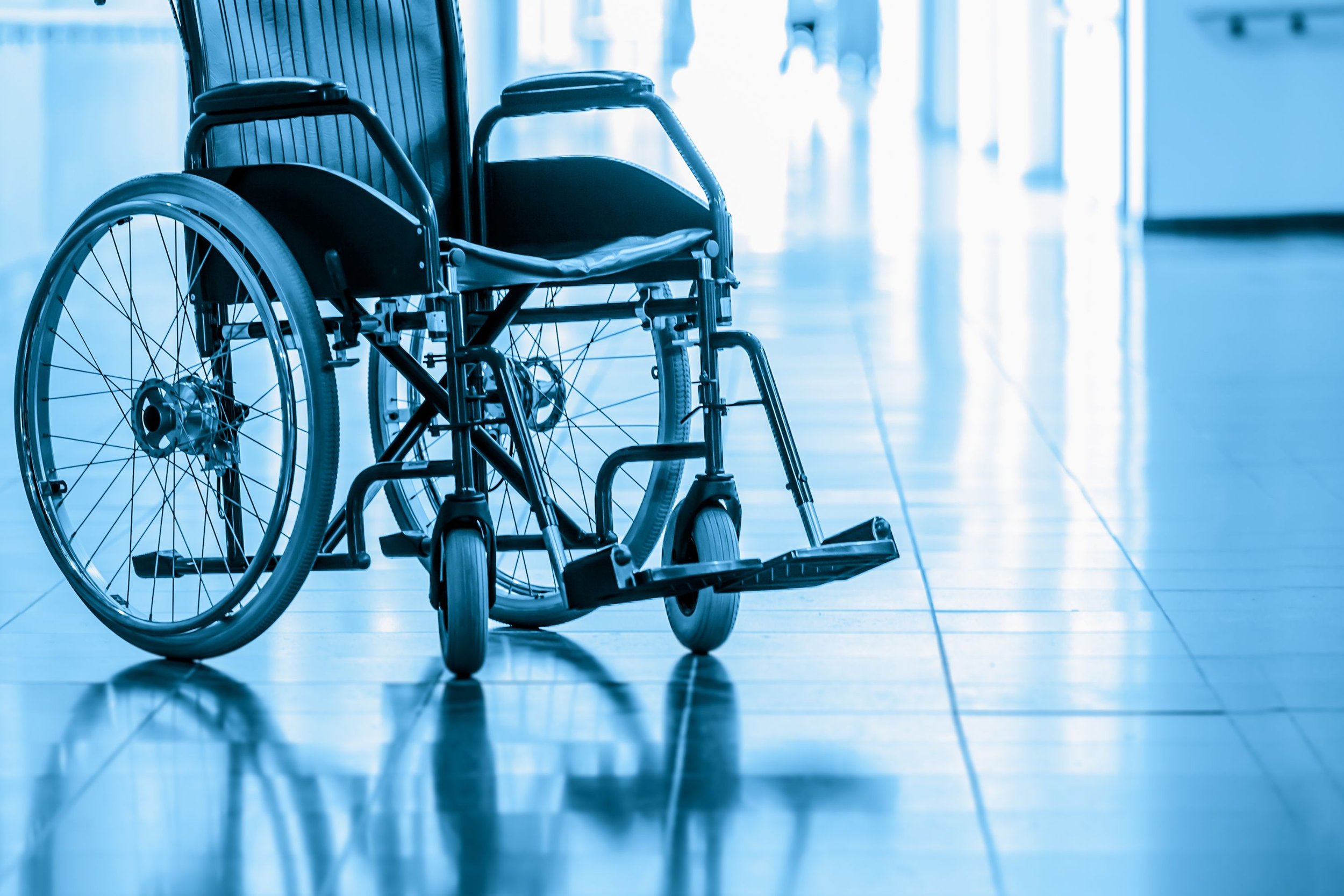
Are You Eligible for Social Security Benefits?
You likely qualify if you’ve worked consistently and paid your FICA taxes.
America’s Most Successful
Social Security Disability Advocates ®
Fighting for the Benefits You Deserve
What Our Clients are Saying About US
Real stories from real people who trusted Binder & Binder® to win their Social Security Disability benefits.
Are You Disabled and Can No Longer Work?
Cardiac or Vascular Disorders and SSDI Eligibility
Learn how a Social Security Disability advocate supports claims for benefits if you have a cardiovascular condition.
Cardiac and vascular disorders refer to medical conditions involving the heart and blood vessels, often characterized by narrowed or blocked arteries. These issues can lead to serious health complications such as chest pain (angina), heart attacks, strokes, heart failure, and peripheral artery disease (PAD). Such conditions commonly cause symptoms like shortness of breath, fatigue, dizziness, and chronic pain—significantly impairing a person’s ability to carry out everyday activities or maintain employment.
If your cardiovascular condition prevents you from performing regular job duties or engaging in substantial gainful activity, you could qualify for Social Security Disability Insurance (SSDI). The Social Security Administration evaluates eligibility based on thorough medical documentation that clearly demonstrates the severity and impact of your condition on daily living and working capabilities. Consulting an SSD law firm ensures your documentation is submitted correctly. Knowing how to effectively present evidence of your cardiovascular disorder can greatly increase your chances of securing the financial support and medical coverage you deserve.
Are You Disabled and Can No Longer Work?
Orthopedic Injuries and SSDI Eligibility
Learn how a Social Security Disability advocate can help you qualify for benefits if you have an orthopedic condition affecting your bones, joints, or muscles.
Orthopedic injuries and disorders involve conditions affecting your bones, joints, muscles, and connective tissues, often severely restricting mobility and daily activities. Common orthopedic impairments include severe arthritis, spinal disorders such as degenerative disc disease or herniated discs, fractures, and joint replacements. These conditions frequently result in chronic pain, limited physical function, and significantly reduced ability to maintain regular employment.
If your orthopedic condition prevents you from consistently performing your job or any substantial gainful activity, you may qualify for Social Security Disability Insurance (SSDI). The Social Security Administration evaluates orthopedic injuries based on medical documentation of your physical limitations, treatment history, and the severity of your condition. Understanding how to properly document your orthopedic issues with the guidance of a social security disability advocate can greatly enhance your chances of securing essential SSDI benefits to support your financial well-being.
Are You Disabled and Can No Longer Work?
Understanding Mental Health Disorders and SSDI Eligibility
Learn how a Social Security Disability advocate assists in qualifying for benefits if you have a mental health condition.
Mental health disorders affect millions of Americans, significantly impacting their daily lives and ability to maintain employment. While mental health conditions are diverse, they typically fall into several categories, including anxiety disorders, mood disorders, psychotic disorders, and more. Anxiety disorders, one of the most common categories, encompass conditions such as panic disorders, obsessive-compulsive disorders (OCD), social anxiety, generalized anxiety disorder (GAD), and specific phobias, all of which can profoundly limit day-to-day functioning.
If your mental health disorder prevents you from working consistently or at all, you may be eligible for Social Security Disability Insurance (SSDI) benefits. The Social Security Administration recognizes various mental health conditions as disabling impairments, provided there is thorough medical documentation and evidence showing that your symptoms substantially limit your ability to engage in gainful activity. Consulting a social security disability advocate can help ensure your mental health documentation is thorough and accurate. Understanding your eligibility and how to effectively document your mental health struggles can significantly improve your chances of securing the support you deserve.
Are You Disabled and Can No Longer Work?
Neurological Disorders and SSDI Eligibility
Learn how a Social Security Disability advocate can guide claims for benefits if you have a neurological condition affecting your brain, nerves, or limbs.
Neurological disorders include a wide range of conditions impacting the nervous system, often resulting in severe impairment to daily functioning. Common neurological disorders, such as epilepsy, multiple sclerosis (MS), Parkinson’s disease, ALS, and severe neuropathy, can cause debilitating symptoms like impaired coordination, chronic pain, muscle weakness, cognitive impairment, and—in severe cases—limb complications including infections or even amputations. These conditions can make it extremely difficult or impossible to maintain steady employment or carry out everyday tasks.
If a neurological disorder significantly limits your ability to work, you may qualify for Social Security Disability Insurance (SSDI). The Social Security Administration carefully assesses the severity of neurological impairments based on medical evidence, functional limitations, and your ability to perform daily activities. Understanding how to document and present your neurological condition effectively, with guidance from an SSD law firm, is crucial in securing SSDI benefits and accessing the support necessary to improve your quality of life.
Are You Disabled and Can No Longer Work?
Are You Disabled and Can No Longer Work?
Free Disability Evaluation Form
Complete the form below to see if you qualify for Social Security Disability benefits, fast, easy, and no obligation.










